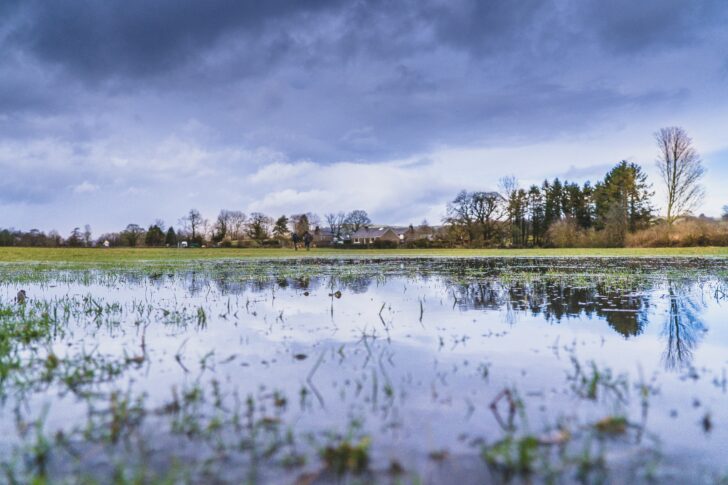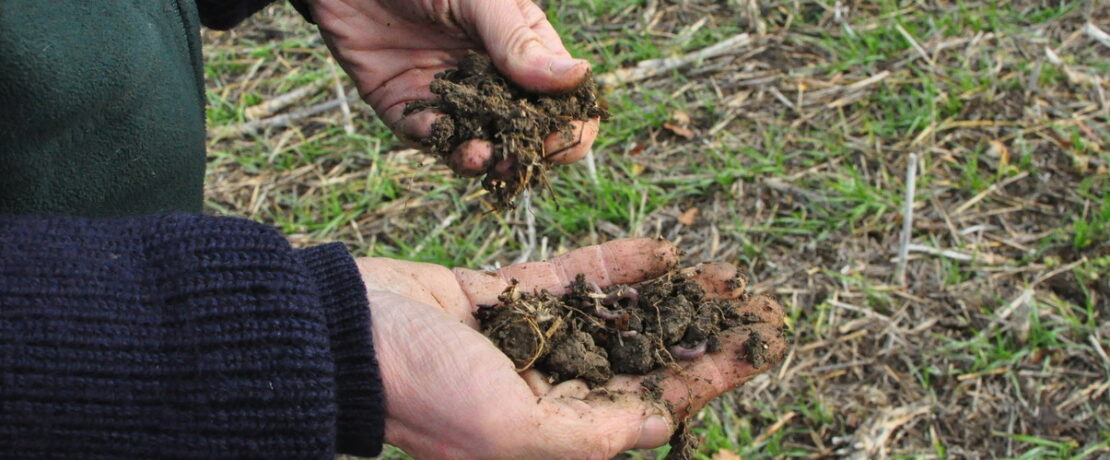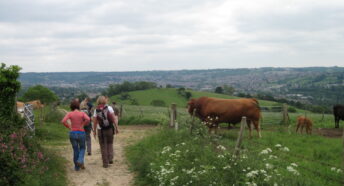Healthy soil, healthy planet
When was the last time you sank your hands into the soil? Have you ever thought about the importance of this source of life that sits beneath our feet? Today, on World Soil Day, we explore the vital significance of soil, and consider why things need to change.
The lifeblood of the agricultural industry is only a few centimetres thick, but this layer of soil that stretches over the earth is the source of over 95% of our food. Not only that, soil also traps huge amounts of carbon – UK soils store around 10 billion tonnes of carbon, or the equivalent of 70 years of annual UK greenhouse gas emissions. It is clear that soil and planetary health go hand in hand, so why are we neglecting this vital lifesource, opting for degradation and damage over support and regeneration?
Key threats facing soil
Current threats to soil include erosion, compaction, loss of organic matter, changes to biodiversity, and damage from built development. World Soil Day – held annually on 5 December – seeks to highlight these issues and advocates for the sustainable management of soil resources. After a year of intense flooding, it is essential that we wake up to the realities of neglecting our soil, which – alongside its many other benefits – can act as a natural flood management infrastructure.

CPRE’s 2018 report, Back to the Land sought to find workable solutions in improving and safeguarding soils, particularly in relation to farming . A number of farmers have been successful in bringing their soil back to life: some have moved to no till systems (which also reduces fertiliser and chemical use), while others have converted to organic farming. But there is still much more that needs to be done.
Soil conservation
One potential pathway to recovery relies on agri-environment schemes, which seek to protect farmland, and therefore soil, here in England. These schemes focus on sustainable farming practices, as well as nature and landscape recovery, going hand-in-hand with soil conservation. CPRE is calling for an increase in the number of these schemes, particularly on Green Belt land that surrounds urban areas in England. In our recent State of the Green Belt report we highlight: ‘Just over a quarter (28%, or 310,000 ha) of all the utilisable farmland in the Green Belts is covered by agri-environment schemes that aim to improve the value of farmland for nature and for public access. CPRE is calling for this coverage to be effectively doubled so that over half of all Green Belt farmland is covered by such schemes.’
Imagine the impact that could be created in both protecting these landscapes from development, and taking measures to improve soil organic matter and biodiversity. Not only would this see a reduction in the destructive effects of intensive agriculture, it would also enable local residents to more easily access and connect to the soil that surrounds them, to the countryside next door – to nature.
The importance of soil for humans
In a post-pandemic world, the importance of this connection has become even more apparent, and this is highlighted by the Sustainable Soils Alliance: ‘Soil contains the bacteria Mycobacterium vaccae that is absorbed through the skin of the fingers and palms when gardening, triggering a release of serotonin in the brain: the ‘happy hormone’, serotonin is a natural antidepressant and mood lifter; it also strengthens the immune system and provides a general sense of wellbeing.’

Soil should not be a forgotten resource, trodden underfoot and left to its own devices. Satish Kumar suggests: ‘We must touch the soil. How many times do we touch our mobile phone every day? Maybe 100 times. How many times do we touch the soil? Hardly ever… We are all part of this healthy web of life maintained by soil…. When humans lose contact with soil, they are no longer humans.’
The health of soil is intrinsically linked to the health of humans and the planet, and it’s time we started to understand and value its crucial role in our survival.
About the author
Eleanor Cheetham is a writer and teacher based in Lincolnshire, forever inspired by seasonal change and the folklore and stories of the land.









